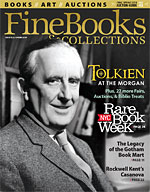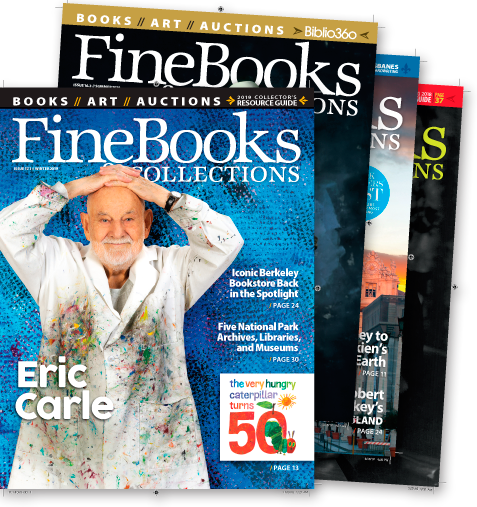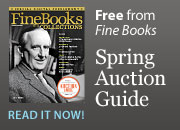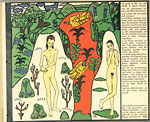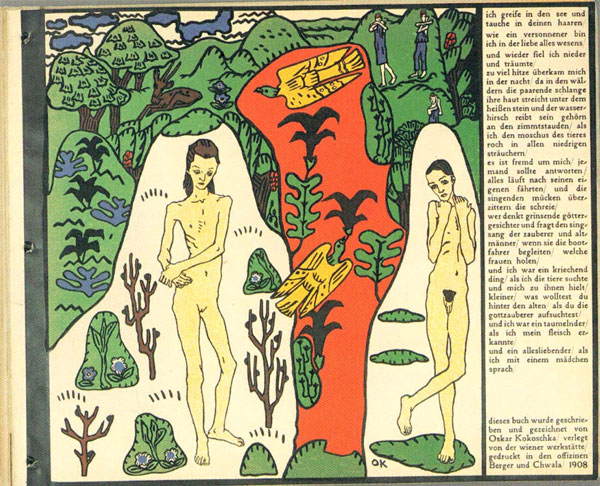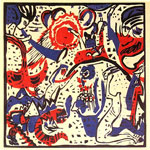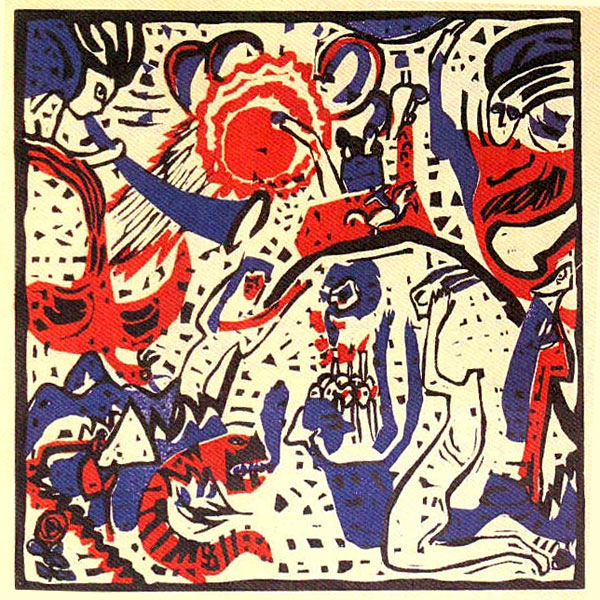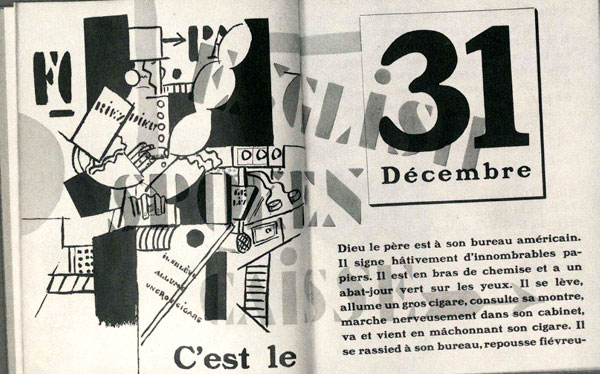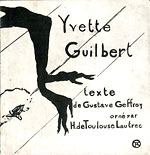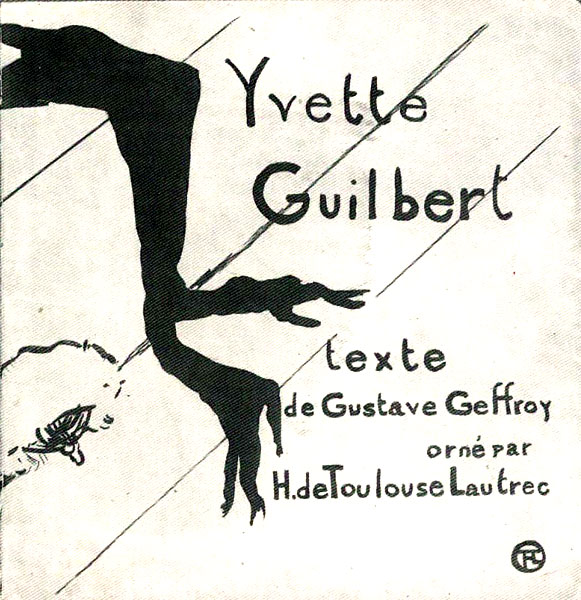French Kiss
For Collector Peter Strauss, Livres d’Artistes were L’Amour at First Sight
By Ellen Firsching Brown
When Peter Strauss speaks about his collection of modern illustrated books, also known as livres d’artistes, he radiates enthusiasm. The words pour forth. His eyes sparkle. He couldn’t possibly be in his 80s.

I first experienced Strauss’s passion for books last January at the Grolier Club, the venerable bibliophilic society in New York. Seated at a long table in the club’s intimate library with his treasured volumes spread around him, Strauss described how he came to collect these books and how they’ve transformed his life. On that cold, drizzly afternoon, Strauss warmed the group with the splendor and majesty of livres d’artistes.
Over the past year, I’ve had a chance to chat with Strauss on several occasions about his collection. And these conversations confirmed what I sensed that day last January—that in the often staid and solemn world of rare books, Strauss is a joyful enthusiast.
Although he has always been interested in books, Strauss did not start collecting until his 50s. In a recent telephone conversation, he explained in his charming German accent: “I always knew I wanted to collect books, but which books do you collect? There are so many! So, I waited. I waited until I found the right thing.”
He found the right thing 30 years ago, during a visit to the Boston Museum of Fine Arts. While browsing in the gift shop, he stumbled upon a book called The Artist and the Book, 1860-1960. “I almost pounced on it,” Strauss said of his discovery. “I sensed right then that this was exactly what I wanted.”
He bought the book and “devoured” every word about the world of livres d’artistes. He learned how, in the late 19th century, the French publishing world began seeing that book illustration could move beyond mass-produced images. Publishers commissioned the most talented artists of the day to create original works of art inspired by great works of literature. Those original compositions, typically in the form of lithographs and etchings, were used to illustrate texts in deluxe, limited-edition books, of handmade paper and fine bindings. As Strauss described it to me in a recent discussion, “Classic texts were paired with the highest quality art and together they created objects that were greater than the sum of their parts. I became very excited at the idea of these wonderful collaborations. I was reading about Matisse with Mallarmé, Maillol with Virgil. It was a revelation.”
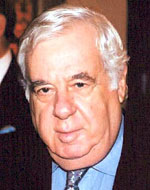
Peter Strauss
With The Artist and the Book as his guide, Strauss began building a collection of early livres d’artistes. It is fitting that the first volume he acquired was Le Corbeau, a French version of Edgar Allen Poe’s “The Raven,” translated by Mallarmé and illustrated by Manet. Many experts consider it to be the first livre d’artiste, and certainly today it is one of the rarest. “I was lucky to get it,” Strauss admits merrily. “A friend found it for me in Paris.”
Encouraged by beginner’s luck, Strauss began buying “everything I could get my hands on. I was so passionate.” He loved those early days as a collector. “It was unbelievable how much of time the books were on my mind,” he told me, with obvious delight. “I would lie there at night for hours thinking about these books and their beauty.”
Over the following three decades, Strauss managed to track down and acquire approximately 100 of these unique books. Today he is considered one of the top collectors in the field. He credits the booksellers who took time to educate him—dealers like Leonard Fox, with whom he has spent many hours discussing books and art, and the late Lucien Goldschmidt, who “would sit down with you and talk about the history of the books.” Strauss recalls fondly how Goldschmidt “was erudite, intellectual, and he always, always gave you an excellent deal.” Strauss also appreciates the efforts of Larry Saphire, whom he considers a close friend: “He has found many books for me, because he knows where everything is!”


